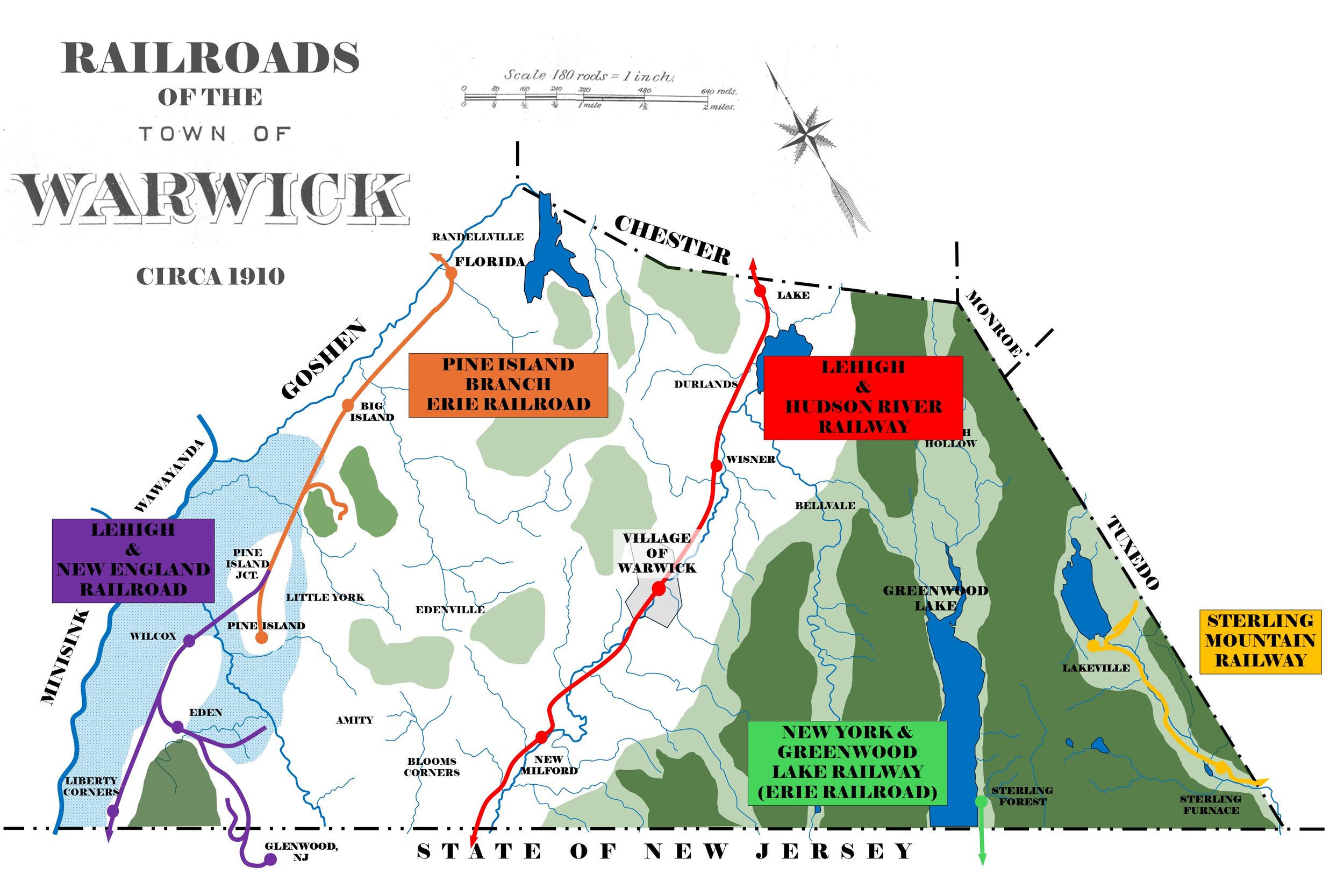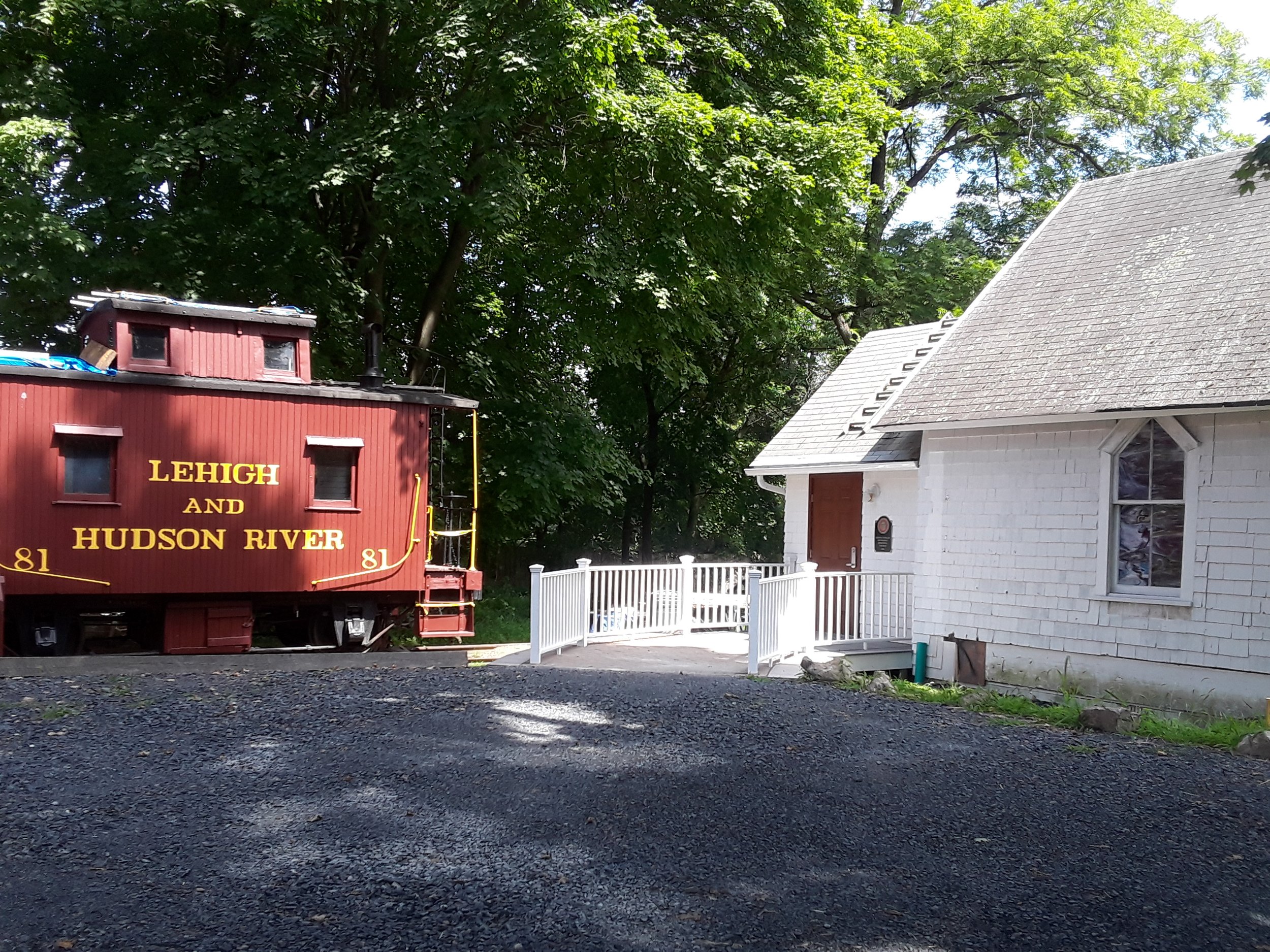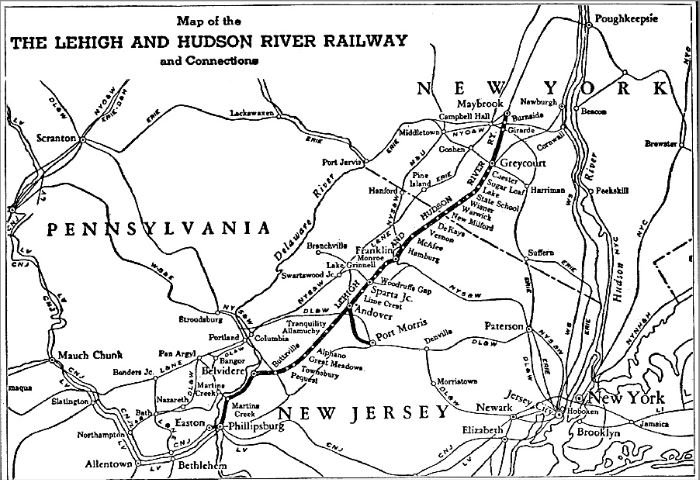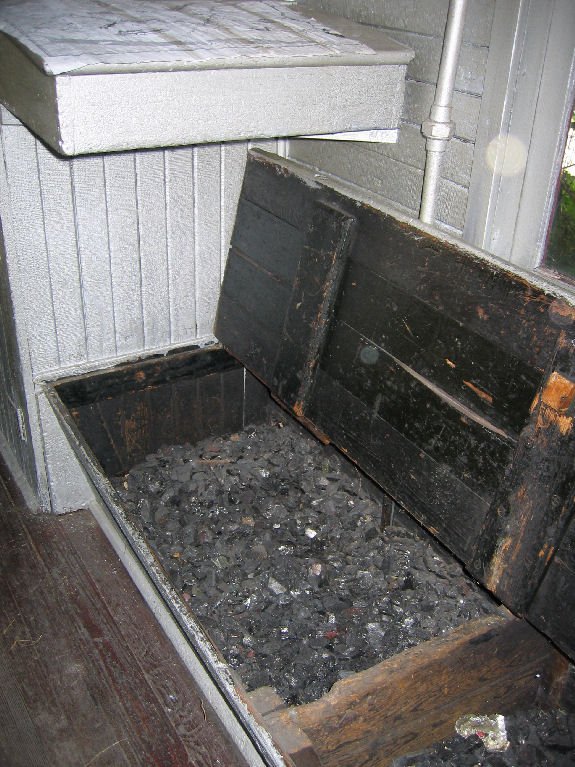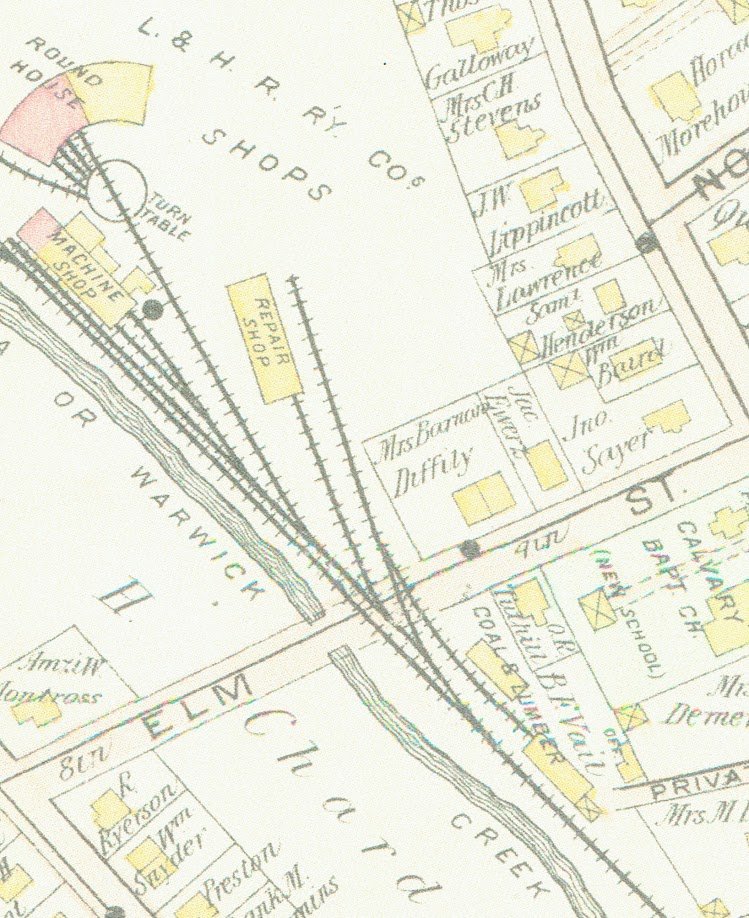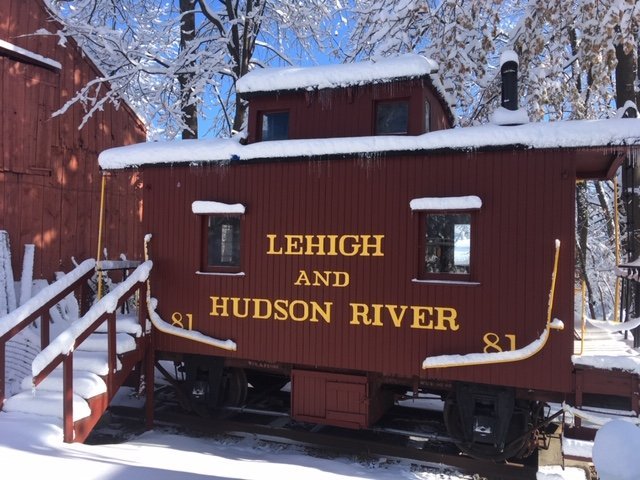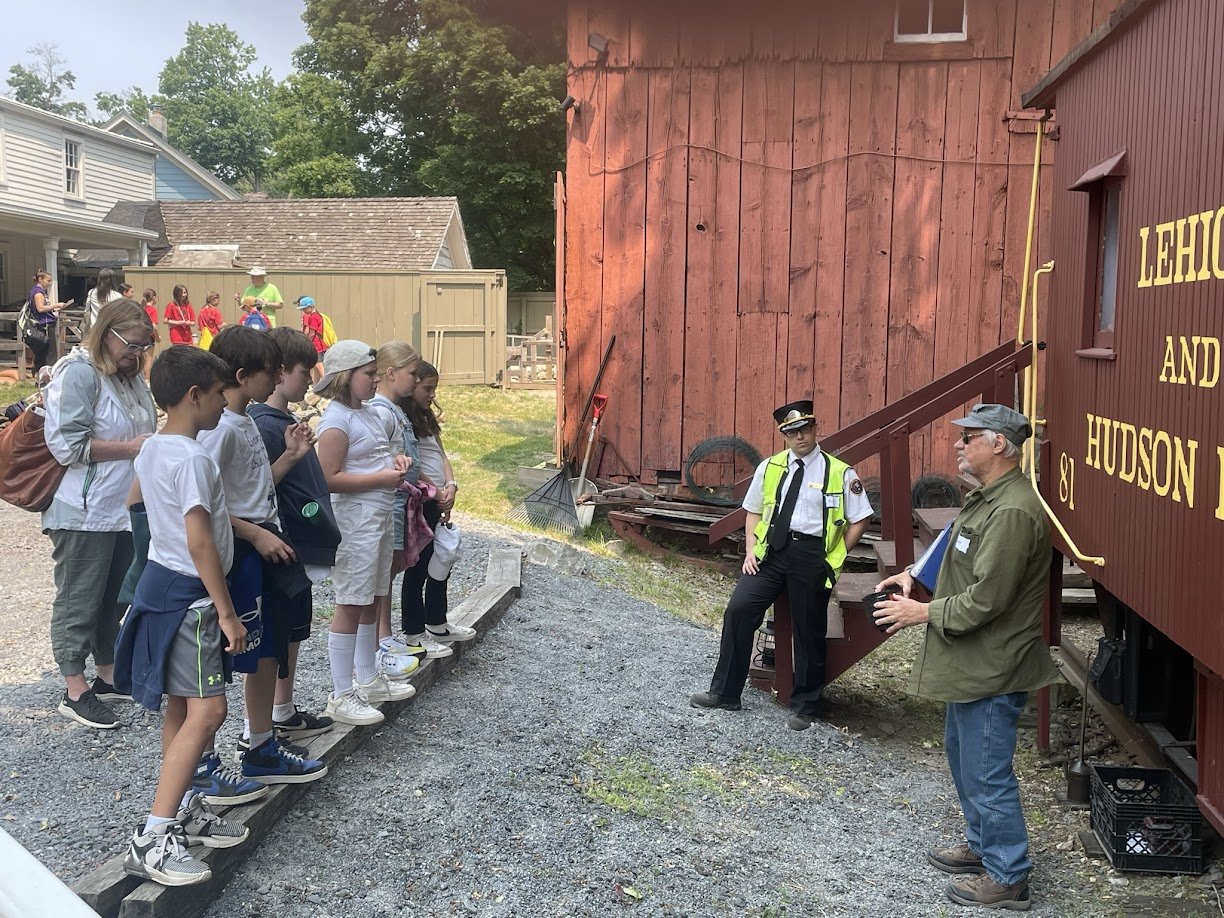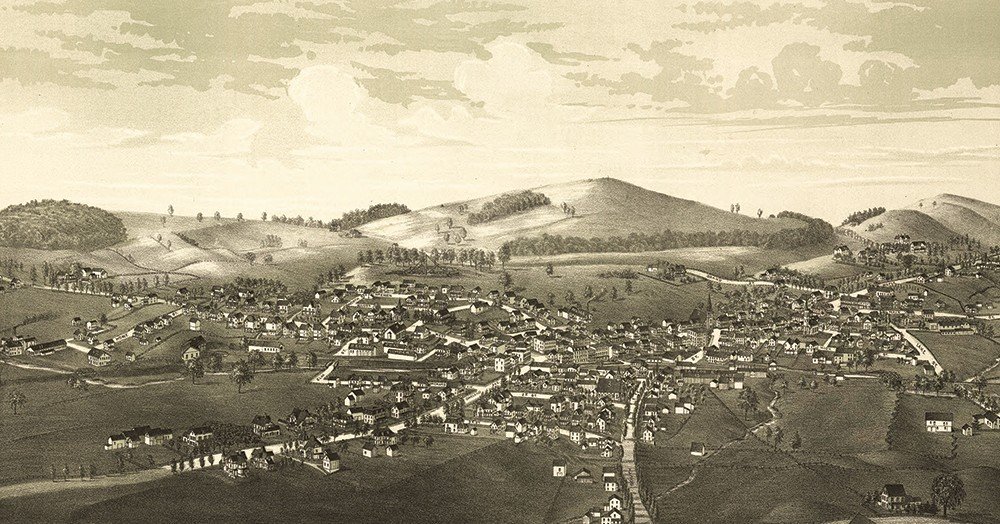
The Lehigh & Hudson River Railway Caboose #81
Built in 1909, the Lehigh & Hudson River Railway Caboose #81 is a small “four-wheeled red workhorse” that repair crews used as a home away from home while they were plowing snow, laying railroad tracks, repairing derailments or servicing railroad equipment.
The caboose was built by the South Baltimore Steel Car and Foundry Company, and was delivered to the L&HR Ry in early 1909. Its body and frame were of all-wood construction, and it cost $915.00.
The railroad owned 12 similar cabooses, dating back to about 1880; by 1905, only eight remained in service. Dramatically increasing traffic in that era necessitated buying new locomotives and cabooses to handle it.
Between 1906 and 1909 the L&HR bought 18 new cabooses from South Baltimore, in two orders. The second order (of 12) was delivered in late 1908 and early 1909; 'our' 81 was the last one delivered.
Railroad Depot at the corner of what is now Bank Street & South Street.
By the mid 1930's, these cabooses were reaching the end of their useful lives, and plans were made to replace them with newer and larger examples. Apparently the 81 was in the best shape of the old 4-wheel cabooses, and was saved from scrapping. It was assigned to work train and wreck train service, where it soldiered on for more than 40 more years.
In 1976, when the by then bankrupt Lehigh and Hudson was folded into the newly formed Consolidated Rail Corporation (Conrail), L&HR vice-president Edmund H. Brown bought the 81 from the railroad for $1.00. He and his wife Constance were active in the Historical Society of the Town of Warwick; his new acquisition was immediately donated to the Society. On the day before the Conrail takeover, the 81 was moved to temporary storage in the Georgia-Pacific building's indoor rail siding.
Looking across what is now Railroad Green.
Warwick Depot in the early 1900s.
A short piece of track was set up at the Shingle House site, next to the Sly barn; Daubert Brothers donated the use of manpower, a crane, and lowboy trailer; the caboose was moved from Georgia-Pacific to its current location. Today it remains virtually unchanged from its days as a working piece of railroad equipment, and a part of Warwick history.
Today, the caboose remains a highlight of the Historical Society’s 4th Grade Tours which are conducted every June by the WHS Education committee.
